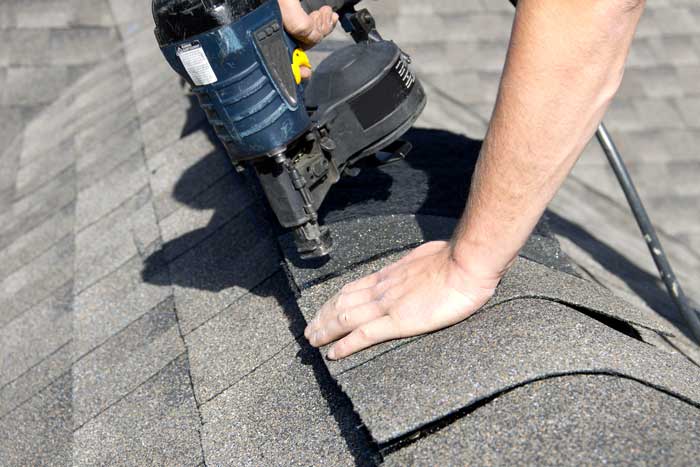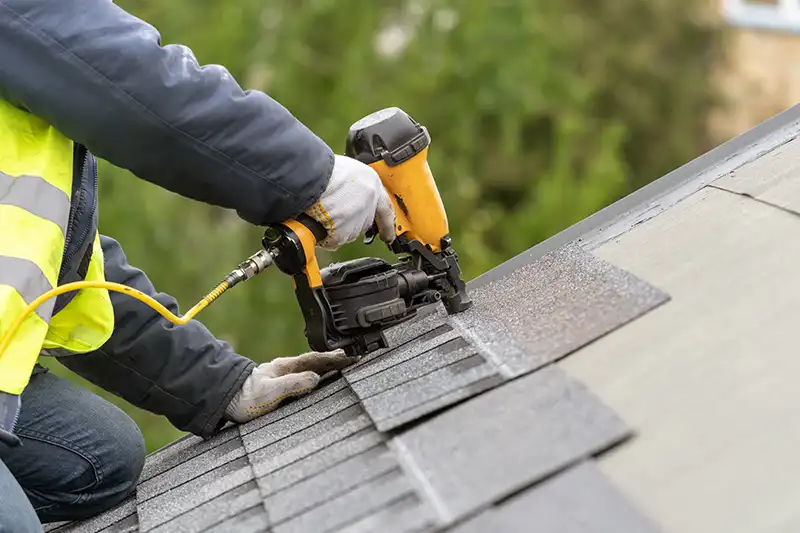A Comprehensive Overview to Effective Roof Covering Apartment Roof Installment
The intricacies of level roof installment demand a precise method, starting with a detailed understanding of various level roofing types and the vital materials needed for ideal performance. An effective installation pivots not only on the option of products but also on the prep work and execution of each action included in the process.
Comprehending Flat Roofing Types
When taking into consideration flat roofs, it is necessary to comprehend the different types readily available, as each offers distinct benefits and downsides customized to certain needs. The most usual kinds of level roofs consist of Built-Up Roofing (BUR), Changed Bitumen, and Single-Ply membrane layers.
Built-Up Roofing includes numerous layers of asphalt and gravel, giving outstanding durability and weather condition resistance. It is especially advantageous in locations vulnerable to severe weather yet may call for even more maintenance because of its intricate building.
Changed Asphalt is a popular choice for its ease of installment and flexibility. It typically uses a self-adhesive or torch-applied technique, which can be advantageous for quick fixings and long-term performance. Its life-span can be much shorter contrasted to BUR.
Single-Ply membranes, consisting of Thermoplastic Olefin (TPO) and Ethylene Propylene Diene Monomer (EPDM), are recognized for their light-weight nature and energy effectiveness. These materials are often chosen for industrial buildings because of their cost-effectiveness and convenience of installation (Cleveland Roofing Specialists). They may not offer the same level of insulation as other choices.
Each roofing type calls for cautious consideration based on climate, spending plan, and particular job demands.
Necessary Products for Apartment Roof
A selection of crucial products are critical for the successful installation of level roof. The option of products directly influences durability, efficiency, and total performance.
One of the key products is the roof membrane, which can be created from various substances such as polycarbonate polyolefin (TPO), ethylene propylene diene monomer (EPDM), or PVC. Each type offers unique benefits, consisting of UV resistance and adaptability, which are crucial for extended performance.
Along with the membrane layer, insulation materials play a significant duty in power effectiveness. Rigid foam boards or polyisocyanurate insulation are popular selections, as they offer superb thermal resistance and dampness monitoring.
Furthermore, roof adhesives and sealers are vital for making sure a leak-proof setup. These items need to work with the selected membrane to avoid degeneration in time.
Planning For Installation
Correct preparation is essential for an effective flat roof covering installment, as it prepares for a effective and sturdy roofing system. Begin by performing an extensive inspection of the existing roof covering structure. Seek indications of damage, consisting of leaks, rot, or insufficient water drainage, which might endanger the new roofing system. Make certain that the underlying products are audio and can support the weight of the new roof components.
Next, gather all required devices and products, guaranteeing that they satisfy sector criteria. This includes water resistant membranes, insulation, flashing, and fasteners. Acquaint yourself with the producer's specifications, as adherence to these guidelines is vital for service warranty purposes.
Furthermore, ensure that the workplace is clear of debris and obstructions to promote effective and risk-free setup. Take into consideration weather condition conditions; prevent setup during heavy rainfall or severe temperatures, which can affect material efficiency. Lastly, inform any occupants of the structure concerning the forthcoming job to make certain safety and security and minimize interruptions. By taking these primary steps, you can improve the possibility of a successful level roofing system installation that fulfills both architectural and visual needs.
Step-by-Step Installation Refine
With the groundwork established via detailed prep work, the next stage involves implementing the level roofing installment systematically. Begin by ensuring that the architectural deck is clean and cost-free from debris. Next off, install a vapor obstacle to stop dampness build-up beneath the roof product. This step is critical for maintaining the roof covering's stability with time.
Following the vapor barrier installation, put down insulation boards, guaranteeing they fit tightly together to lessen thermal bridging. Safeguard the insulation with suitable bolts based upon the roofing system kind and local building ordinance. As soon as the insulation is in place, it's time to apply the roof membrane layer. Depending websites upon the picked product-- such as TPO, EPDM, or changed bitumen-- set up the membrane layer according to the supplier's specifications.
Make sure correct overlap at edges and seams to produce a leak-proof seal. Use adhesives, mechanical bolts, or warmth welding as required. Finally, install flashing around perimeters, vents, and any roofing infiltrations to improve waterproofing. After installment, perform a detailed evaluation to determine any type of potential issues before ending the job, making sure a reputable and robust flat roofing system.
Upkeep Tips for Long Life
Routine maintenance is essential to ensure the durability and performance of a level roofing. One of the primary tasks is to perform routine inspections a minimum of twice a year, preferably in springtime and autumn. Throughout these assessments, search for indicators of wear, such as sores, fractures, or merging water, which can indicate underlying concerns.

Making sure proper drain is critical to avoid water buildup. Inspect and clear rain gutters, downspouts, and scuppers to guarantee unblocked water circulation. In addition, evaluate seals around vents, skylights, and various other penetrations for any indications of damage, applying caulk or sealant as required to keep a watertight barrier.
Finally, think about specialist upkeep services every few years for detailed maintenances. By sticking to these maintenance pointers, you can dramatically expand the life of your level roof covering, ensuring it stays a trustworthy guard versus the components.
Conclusion
Reliable flat roof covering installment demands a systematic technique including detailed inspections, material option, and meticulous prep work. Complying with the detailed actions during the setup process ensures the correct application of roofing membranes and insulation while boosting waterproofing via efficient you can check here flashing installation. Carrying out routine maintenance techniques substantially adds to the long life of the roof system. By following these standards, a resilient and reputable level roofing solution can be attained, efficient in enduring numerous ecological conditions.
The ins and outs of flat roofing installation need a meticulous technique, starting with an extensive understanding of various level roof covering types and the important products required for optimum performance.Appropriate prep work is essential for a successful level roofing system installment, as it lays the foundation for a resilient and efficient roof covering system. After installation, carry out a detailed evaluation to recognize any type of possible concerns prior to ending the project, making sure a durable and dependable flat roof covering system.
